Intro
Discover 5 effective ways to treat mastitis, a common breast infection. Learn natural remedies, prevention techniques, and symptoms management to alleviate mastitis pain, inflammation, and breast tenderness, promoting overall breast health and wellness.
Mastitis is a common condition that affects many breastfeeding mothers, causing inflammation and infection in the breast tissue. The symptoms can range from mild to severe and include breast pain, swelling, redness, and fever. If left untreated, mastitis can lead to more serious complications, such as abscesses or the need to stop breastfeeding. However, with proper treatment and care, most mothers can overcome mastitis and continue breastfeeding their babies. In this article, we will explore the different ways to treat mastitis, including self-care measures, medical treatments, and alternative therapies.
The importance of treating mastitis cannot be overstated. Not only can it help alleviate the symptoms and prevent complications, but it can also ensure that the mother can continue to provide her baby with the best possible nutrition. Breast milk is rich in antibodies and nutrients that are essential for a baby's growth and development, and it provides protection against infections and diseases. By treating mastitis effectively, mothers can maintain their milk supply and continue to breastfeed their babies, even if they are experiencing symptoms.
Breastfeeding is a natural and essential part of childcare, and mastitis should not be a reason to stop. With the right treatment and support, most mothers can overcome mastitis and continue to breastfeed their babies. In fact, continuing to breastfeed can actually help to clear up the infection and reduce the symptoms of mastitis. By expressing milk regularly and emptying the breast, mothers can help to prevent the buildup of bacteria and reduce the risk of complications.
Treating Mastitis with Self-Care Measures
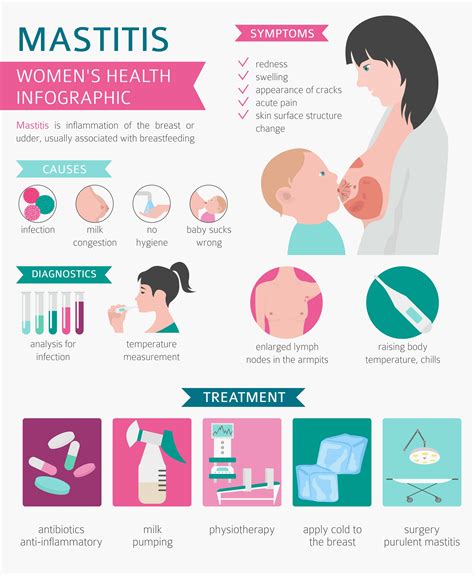
Importance of Hydration
Staying hydrated is essential when treating mastitis. Drinking plenty of fluids can help to support the immune system, reduce the risk of complications, and alleviate the symptoms of mastitis. Some of the best fluids to drink when treating mastitis include: * Water * Herbal teas, such as peppermint or chamomile * Clear broths, such as chicken or vegetable * Electrolyte-rich drinks, such as coconut water or sports drinksMedical Treatments for Mastitis
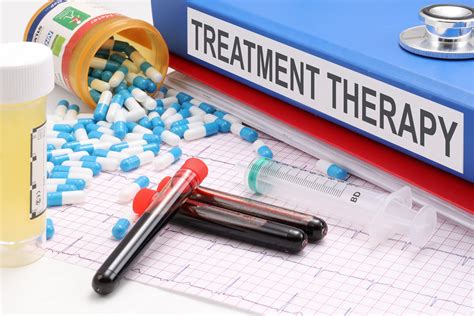
When to Seek Medical Attention
It is essential to seek medical attention if the symptoms of mastitis are severe, or if the infection is not responding to self-care measures. Some of the signs that medical attention is necessary include: * Severe pain or swelling in the breast * Fever over 101.5°F (38.6°C) * Redness or swelling that spreads beyond the breast * Pus or discharge from the nipple * Difficulty moving the arm or shoulder due to pain or swellingAlternative Therapies for Mastitis
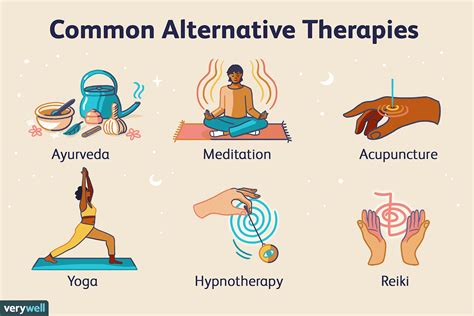
Benefits of Alternative Therapies
Alternative therapies can provide several benefits when treating mastitis. Some of the most significant benefits include: * Reduced pain and swelling * Improved healing and reduced risk of complications * Support for the immune system and reduced risk of infection * Promoted relaxation and reduced stressPreventing Mastitis
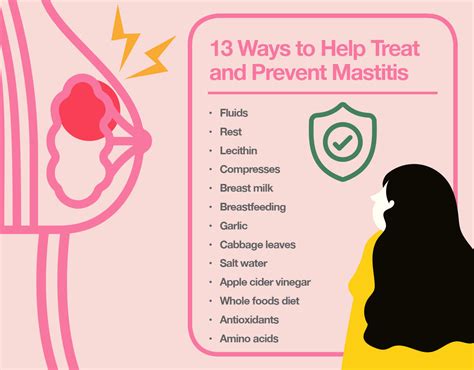
Importance of Breastfeeding Support
Breastfeeding support is essential for preventing mastitis. Some of the most effective ways to get breastfeeding support include: * Consulting with a lactation consultant or breastfeeding specialist * Joining a breastfeeding support group or online community * Reading books or articles about breastfeeding and mastitis * Talking to other breastfeeding mothers who have experienced mastitisConclusion and Next Steps
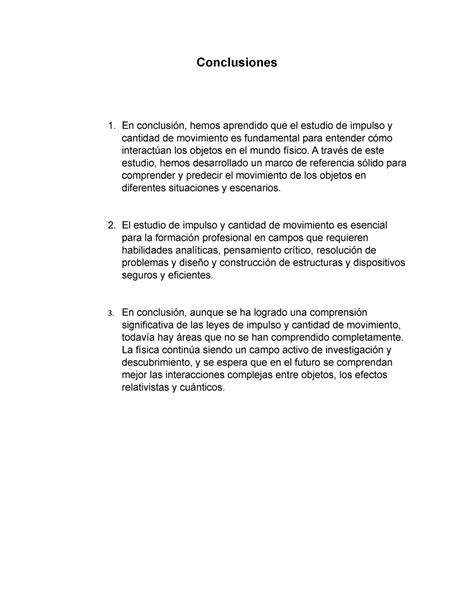
We invite you to share your experiences and thoughts on treating mastitis in the comments below. Have you or someone you know experienced mastitis? What self-care measures or medical treatments were most effective in treating the condition? Share your story and help support other breastfeeding mothers who may be going through a similar experience.
What are the symptoms of mastitis?
+The symptoms of mastitis include breast pain, swelling, redness, and fever. In some cases, the symptoms can be severe and include pus or discharge from the nipple, difficulty moving the arm or shoulder, and a general feeling of being unwell.
How is mastitis treated?
+Mastitis is typically treated with a combination of self-care measures, medical treatments, and alternative therapies. Self-care measures include applying warm compresses, taking over-the-counter pain relievers, and expressing milk regularly. Medical treatments may include antibiotics, pain relievers, and anti-inflammatory medications. Alternative therapies include acupuncture, massage, and herbal remedies.
Can mastitis be prevented?
+Yes, mastitis can be prevented by practicing good hygiene, avoiding tight or constricting clothing, expressing milk regularly, and getting plenty of rest. Staying hydrated and eating a healthy diet can also help to support the immune system and reduce the risk of infection.
What is the best way to get breastfeeding support?
+The best way to get breastfeeding support is to consult with a lactation consultant or breastfeeding specialist. Joining a breastfeeding support group or online community can also provide valuable advice and encouragement. Reading books or articles about breastfeeding and mastitis can also help to educate and inform.
How long does it take to recover from mastitis?
+The recovery time for mastitis can vary depending on the severity of the symptoms and the effectiveness of the treatment. In most cases, the symptoms of mastitis can be alleviated within a few days to a week. However, it is essential to continue to practice self-care measures and seek medical attention if the symptoms persist or worsen.
